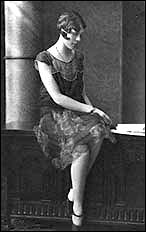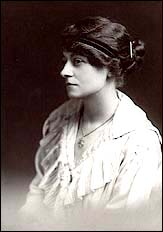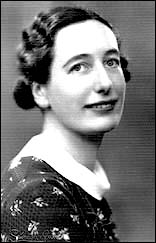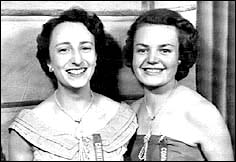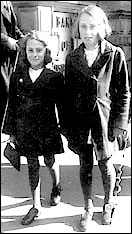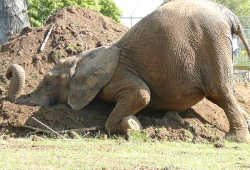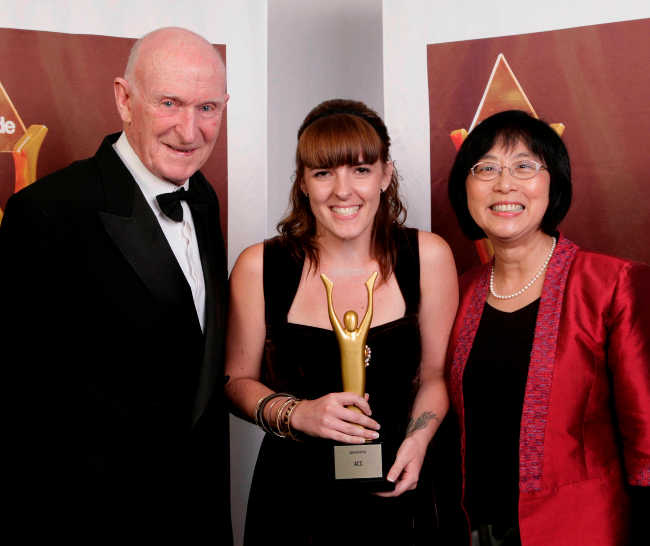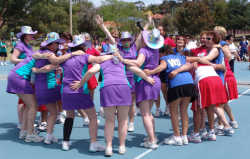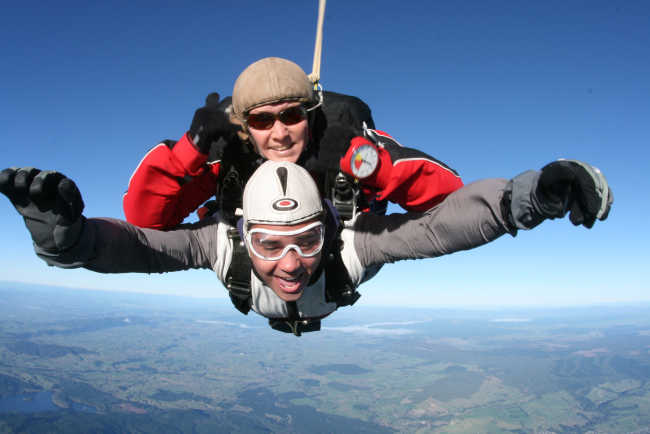Dorothy – 22/9/00
I’ve included the word New Zealand in the title of this article because it is based on the memories of New Zealand women, but these women have always shown a keen interest in the hairstyles in fashion overseas.
Early in the twentieth century women wore their hair long, spent hours brushing it and wore it in varied styles, often held in place by hairpins and ornamental combs. Their hair was very often covered by hats worn in both day and evening.
Women over the years have regularly expressed their feelings through their hairstyles.
Changes during World War 1 During World War 1 women, in a new spirit of independence, began a period of experimentation with their hair and their clothes. Shorter, more practical dresses were worn. Daring women wore their hair short, bobbed and clubbed, and this produced a problem with keeping on their large hats and as they didn’t have enough hair for hat pins to secure their hats.
This was the time when the Flapper appeared, the name coming from the flapping of the pigtail which was held with two large ribbons, one on the head and one on the end of the plait.
Muriel May, in her book Freshly Remembered describes how she dressed and wore her hair when she went to train as a pupil teacher in 1914. She wore a navy serge skirt, white silk blouse, saxe blue cardigan, and a yard of broad saxe blue ribbon at either end of her waist-long plait. She describes how she loved her swinging plait which was ‘both ornamental and defensive’, but the infant mistress who was her supervising teacher found it insolent. Their relationship was not cordial, but the only retort Muriel could make to what she felt was unfair comment was to swing her plait.
Styles of the 1920s and 1930s For a short period some young girls wore their hair long, even in ringlets, like the actress Mary Pickford but from 1922 most women wore their hair very short. For dances or dinner parties tightly fitting evening caps or Red Indian styles of beaded headbands sometimes decorated with a feather were very popular.
|
|
| Madge in 1928 |
Towards the end of the 1920s the Eton crop and ‘shingled’ head began to go out of fashion and was replaced by longer hair, although those who could afford it had their hair waved into artificial styles. Lily Bierman had finger waves in the front of her hair and wore her long hair in a bun.
|
|
| Lily Bierman Photo source Josie Tillson |
The 1940s By the 1940s the trend towards uniformity had eased and hair could be worn shoulder length in a pageboy style or curling at the ends or bunched in curls on top of the head.
I talked to Josie Tillson, Lily Bierman’s daughter, who began hairdressing in the forties and remembers senior hairdressers talking about the old styles of hairdressing.
"Eugene perms (permanent waves) were the first to be widely used." Josie explained. "Having a Eugene perm was a long process. A large machine was used with fittings like milking cups. Each lock of hair was first threaded through a piece of rubber with a hole in it and the roots were packed with cotton wool to prevent nasty burns. Then the hair was spiral wound on to rods and the cups on the machine were fitted over the rods. The electric machine heated the hair.
"If the hair at the back of the head was too short to be permed with the machine a non-electric perm was used. This involved pulling the hair through a piece of rubber with a hole in it and winding the hair tightly on to the rod and holding it with heated clamps."
Zoe recalls her experiences with her hair. After having long hair until her late teens she then had an Eton crop and her family were rather shocked at the change. Later she remembers having a Eugene perm and feeling like a prisoner while it was being done. She kept wondering what she would do if the equipment went on fire. Would she have to escape by having her hair torn from her scalp? Josie assures me that it was not a dangerous process as the clamps could easily be undone.
|
|
| Zoe after her Eugene perm |
Zoe preferred the process of Marcelle waving, which was done with hot tongs and a gas flame. The disadvantage was that these waves did not last as well as the permed waves.
"The next type of perm was a steam perm," Josie explained. "Bobbed hair was set with butterfly clips to set the waves or dinkies to hold pin curls in place. The hair was held in a net and put under a dryer.
"If hair was long a steam clamp was put on the length of the hair. Solution was put on the hair, a sachet was put in water to create heat and had to be removed from the water quickly and clipped on the width of the hair with another clamp and left until the hair was curled. This took about half an hour.
"There was none of today’s open hairdressing often visible to passers-by. Each client was in a private cubicle. This arrangement continued until 1965 to 1970."
Hair remained long during the war, worn shoulder length or piled up on top of the head. Some women copied Veronica Lake, the actress who had a lock of hair hanging in front of her face.
The next stage was to have short curly hair kept back off the face as in the photo of Josie and a friend dressed for a formal occasion.
|
|
| Hair kept back off the face Photo source Josie Tillson |
Following Dior’s New Look in 1947 hair styles changed to short ‘Urchin’ cuts in 1948. It was often as short as the Eton crop of the twenties, but it was not pressed flat. The short hair was allowed to curl and look ‘windswept’.
Girls’ hairstyles over the first half of the twentieth century Parents very often cut their children’s hair, especially during the Depression of the thirties when money was short. The favourite fashion was a buster cut held in place with a clip at the side.
|
|
| Josie and friend with buster cut and clip Photo source Josie Tillson |
I remember hearing about pudding basin cuts. Helen O told me that it was the literal description of the way her father cut their hair. He would sit the children on the front porch on a Saturday morning, place a basin over the hair, and using a special pair of scissors kept for the haircuts, he would trim off any hair that hung down below the level of the bowl!
She also remembers her older sister liking to curl her hair with heated tongs and asking Helen to help. Helen found it an awkward job and in the process burnt her sister’s cheek.
Some girls went to bed in curling rags hoping that next day they would have Shirley Temple curls.
Hair ribbons were very popular, especially worn with party dresses.
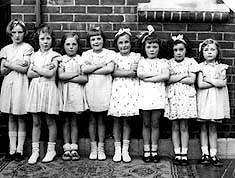 |
| Hair ribbons popular with party dresses Click here for a larger version |
Strict rules at secondary schools meant that girls had to keep their hair short or wear it tied back in ribbons of the regulation colour.
No commercial shampoo Judy remembered that her mother who had been a hairdresser before her marriage used to boil up rosemary and grated sunlight soap in rain water for washing the family’s hair.
Josie remembered bulk green soap being boiled to make shampoo.
To remove the soap and increase the shine vinegar was added to the rinsing water or the hair was rinsed in beer.
Cold waving Josie described the introduction of cold waving in the late 1940s. The hair was wound on wooden rods with the perm solution and rinsed with rods still in place. A neutraliser was used to set the curl in.
Hair colouring Hair could be bleached with peroxide or dyed only black or brown. Henna packs were used for a copper colour. but only on hair that was naturally black or brown. Used on blonde hair it produced an unattractive ginger shade. The henna powder was boiled for thirty minutes with copper coins in the water. The solution was then applied to the hair as hot as possible and the hair was wrapped in towels and left for thirty to thirty five minutes.
Watch for Parts 2 and 3 describing hair styles later in the twentieth century.

